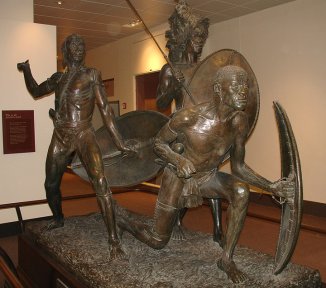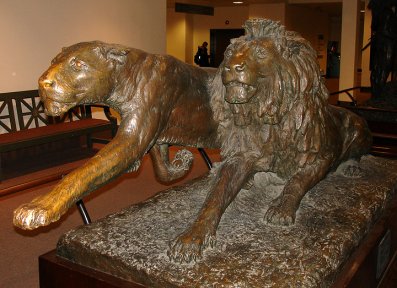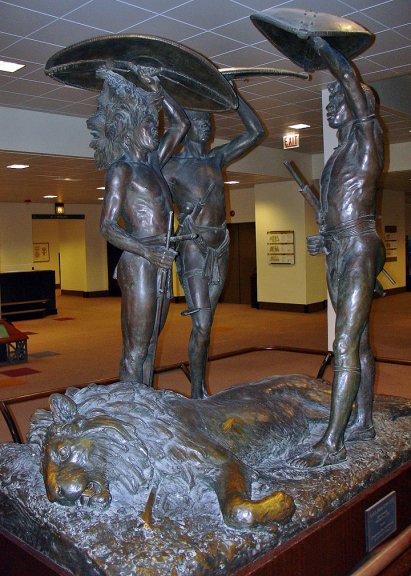ABBOT, Willis J.: The
Nations At War
ABBOTT,
Eleanor Hallowell Old Dad
ABBOTT,
Jane Aprilly
ABBOTT,
Jane Mingle Streams
ABBOTT, Lawrence F. Abbott:
Letters of Archie Butt
ABYSSINIA,
S SOMALILAND, KENYA Colony, Zanzibar, the Camnoros, Madagascar. (NY, Century,
1925)
ADAMS,
Frederick Upham John Burt
ADAMS,
James Revolutionary New England 1691-1776
ADAMS: Revolutionary
New England
ADAMS,
Samuel Hopkins Wanted A Husband
ADE,
George In Babel
ADE: In Babel
ADE,
George The Slim Princess
ADE, George: The Slim
Princess
ADLER, G. J.: Adlers
German English Dictionary
AELUR & GRENAUGH?:
Latin Grammar
AHEARN: How to Commit
a Murder
AKELEY,
Carl E.: In Brightest Africa (no publisher or date listed)
AKELEY: In Brightest
Africa
ALCOTT,
Louisa May Flower Fables
ALCOTT,
Louisa May Jo's Boys
ALCOTT,
Louisa May Old Fashioned Girl
ALCOTT,
L M ~ Under The Lilac - Kingsport Press - Office File Copy 12 4 1893 run
5,075 printed 5,075 G&D in DJ
ALCOTT: Under the Lilacs
ALDER, W. F.: The Isle
of Vanishing Men
ALDRICH,
Thomas Bailey The Story of a Bad Boy
ALEXANDER, Grand Duke
Alexander Mikhailovitch of Russia: Once a Grand Duke
ALLEN,
Lucy ~ Table Service - Lucy Allen, Little, Brown A7
ALLEN: Table Service
ALLEN,
Lucy G. Table Service. Boston: Little, Brown, and Company, 1920.
ALLEN, Frederick Lewis:
Only Yesterday
ALMANAC: World Almanac
1944
ALTSHELER,
Joseph A. The Great Sioux Trail
AMMUNDSON, Roald: My
Life As An Explorer (2 volumes)
ANDERSON,
Hans Christian Fairy Stories
ANDERSON
Hans Christian Fairy Tales
ANDREWS,
Roy Chapman: On the Trail of Ancient Man: A Narrative of the Field Work
of the Central Asiatic Expeditions (NY, Putnam)
ANSELL,
Mary Dogs and Men
ANTHOLOGIES:
Album on Animals
n/r
Boy's Book of Big Game Hunting
n/r
Boy's Book of Cowboys
n/r
Boys Book of Pirates
n/r
Christmas Carols
n/r
Comical Hits by Famous Wits
n/r
Mark Twain's Boyhood Home
n/r
Mother Bedtime Stories
n/r
Prize Stories of 1924
n/r
Technique '94
n/r
The Arabian Nights
n/r
The Merry Widow
n/r
The Rain-Girl
ANTHOLOGY: Great Story
Tellers
ANTHOLOGY: Prize Stories
of 1924
ARABIAN NIGHTS: No Author
Cited
ARMIGER: Titles - A Guide
to the Right ause of British Titles and Honours
ARNOLD,
Edwin Lester Phra the Phoenician
ARNOLD: Phra the Phoenician
ARTICLES: Africa (magazine
articles)
ASHFORD,
Daisy The Young Visitors
ASHMUN,
Margaret Including Mother
ASHMUN,
Margaret Isabel Carleton at Home
ASHMUN,
Margaret Isabel Carleton's Friends
ASHMUN,
Margaret Isabel Carleton's Year
ASHMUN,
Margaret The Heart of Isabel Carleton
ASSENDOMSKI?: Lenin
ASHTON,
John ~ English Caricature and Satire of Napoleon, John Poland, 1884 London
ATHERTON,
could be "atherton" unreadable
ATHERTON,
Gertrude A daughter of the Vine
ATHERTON,
Gertrude Rezanor
ATHERTON: Rezanov
ATHERTON,
Gertrude The Crystal Cup |


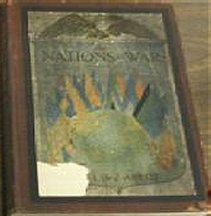
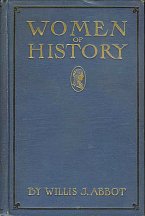
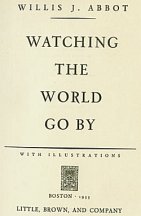
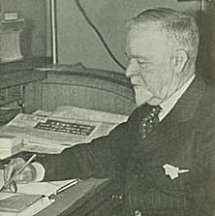
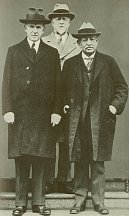 Willis
J. Abbot (middle): Chapter one of Abbot's autobiography
begins with Abbot’s reminiscence of his first job as a professional journalist
at the New Orleans Times-Democrat in 1884. His only prior experience was
as managing editor of a biweekly at the University of Michigan. He opens
with a story of a gunfight between a political boss and an editor of New
Orleans political paper, the Mascotte, that occurred his first day at work.
It resulted in the editor shooting off the trigger finger of the political
boss, James Huston, “making him a pacifist for life” . Abbot’s overview
of the situation in New Orleans is concise: New Orleans journalism in those
days was a thing very different from to-day—for that matter all journalism
is. Oddly enough, it was more literary and at the same time more militant.
The first act of my editor, on opening his desk of an evening, was to take
from his pocket a revolver, as big it seemed to me as a mountain howitzer,
and lay it ready to his hand. Yet this same editor had the keenest appreciation
of literature, particularly poetry, and employed Lafcadio Hearn, then virtually
unknown, to ransack foreign periodicals and furnish a daily column of European
literary productions. The proprietor of our paper walked with a slight
limp, the cause of which I found out to be a bullet in his groin, deposited
there by a rifle in the hands of the editor of a rival morning paper, whom
he had challenged to a duel. The two papers are now consolidated, forming
the Times Picayune. But in my early days the fire-eating journalists would
have scorned to merge their feuds and hatreds simply for good business
reasons. Subsequent anecdotes include the rumored theft of the Liberty
Bell by southerners during the Cotton States Centennial Exposition which
was reported (although a false report) by all the media outlets He
claims that he was a cub reporter on the New York Tribune from 1886-1887
but later he also claims that he, along with a group of Detroit newspapermen,
purchased an evening newspaper in Kansas City in 1886. He called this experience
“an expensive school of journalism” (40). He claims to have moved to Kansas
city in this failed attempt; the dates are confusing. He gives an overview
of New York newspapers in 1886-7. He started as a cub reporter on the New
York Tribune in 1886, though he begins by enumerating the “real literary
standing” of the newspapermen writing on other papers of this time. His
initial focus is on Charles Dana’s New York Sun, and on the drinking habits
of all newspapermen of the time. Though Abbot was a later advocate of prohibition,
he does not appear to be too judgmental regarding the excesses of the time.
Abbot describes the outlook of newspapers as valuing well-written stories,
and it was normal for a writer at that time to compose and rewrite their
own stories, a practice apparently on the wane in the 1930s, when he composed
his autobiography.
Willis
J. Abbot (middle): Chapter one of Abbot's autobiography
begins with Abbot’s reminiscence of his first job as a professional journalist
at the New Orleans Times-Democrat in 1884. His only prior experience was
as managing editor of a biweekly at the University of Michigan. He opens
with a story of a gunfight between a political boss and an editor of New
Orleans political paper, the Mascotte, that occurred his first day at work.
It resulted in the editor shooting off the trigger finger of the political
boss, James Huston, “making him a pacifist for life” . Abbot’s overview
of the situation in New Orleans is concise: New Orleans journalism in those
days was a thing very different from to-day—for that matter all journalism
is. Oddly enough, it was more literary and at the same time more militant.
The first act of my editor, on opening his desk of an evening, was to take
from his pocket a revolver, as big it seemed to me as a mountain howitzer,
and lay it ready to his hand. Yet this same editor had the keenest appreciation
of literature, particularly poetry, and employed Lafcadio Hearn, then virtually
unknown, to ransack foreign periodicals and furnish a daily column of European
literary productions. The proprietor of our paper walked with a slight
limp, the cause of which I found out to be a bullet in his groin, deposited
there by a rifle in the hands of the editor of a rival morning paper, whom
he had challenged to a duel. The two papers are now consolidated, forming
the Times Picayune. But in my early days the fire-eating journalists would
have scorned to merge their feuds and hatreds simply for good business
reasons. Subsequent anecdotes include the rumored theft of the Liberty
Bell by southerners during the Cotton States Centennial Exposition which
was reported (although a false report) by all the media outlets He
claims that he was a cub reporter on the New York Tribune from 1886-1887
but later he also claims that he, along with a group of Detroit newspapermen,
purchased an evening newspaper in Kansas City in 1886. He called this experience
“an expensive school of journalism” (40). He claims to have moved to Kansas
city in this failed attempt; the dates are confusing. He gives an overview
of New York newspapers in 1886-7. He started as a cub reporter on the New
York Tribune in 1886, though he begins by enumerating the “real literary
standing” of the newspapermen writing on other papers of this time. His
initial focus is on Charles Dana’s New York Sun, and on the drinking habits
of all newspapermen of the time. Though Abbot was a later advocate of prohibition,
he does not appear to be too judgmental regarding the excesses of the time.
Abbot describes the outlook of newspapers as valuing well-written stories,
and it was normal for a writer at that time to compose and rewrite their
own stories, a practice apparently on the wane in the 1930s, when he composed
his autobiography.
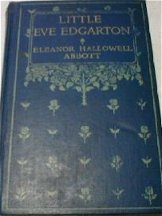
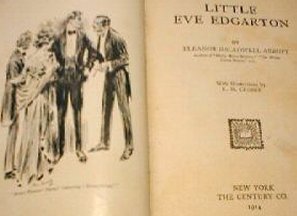
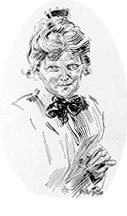
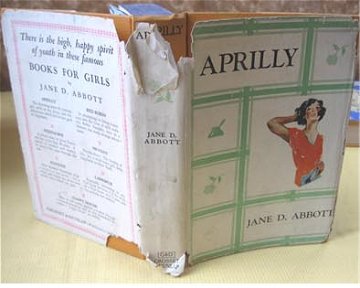
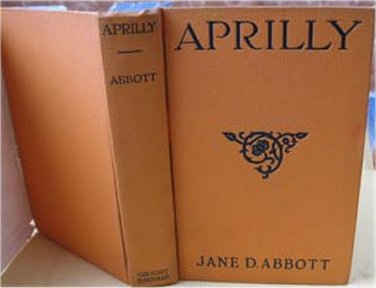
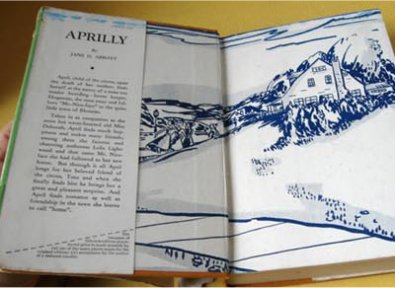
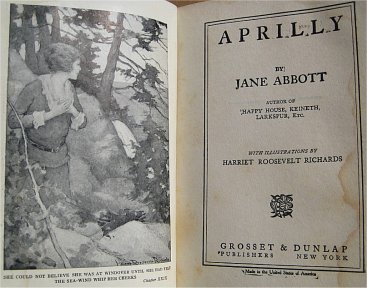
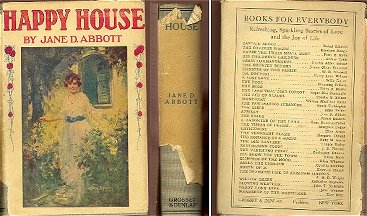
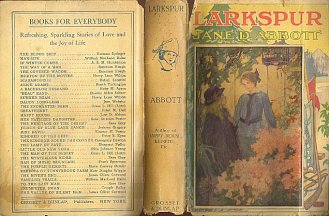
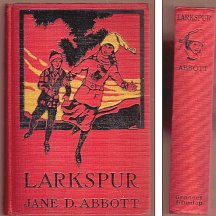
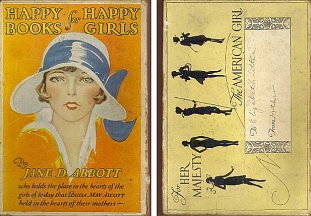
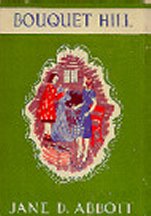
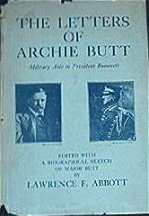 INTRODUCTION
INTRODUCTION
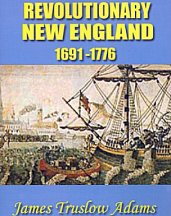
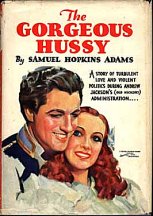
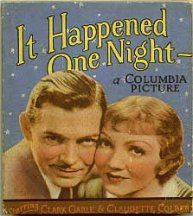
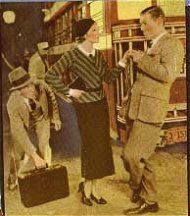
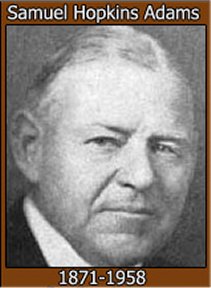
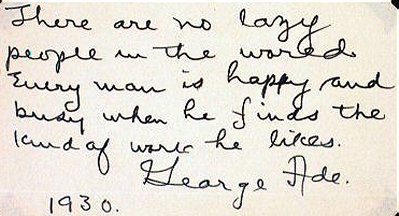
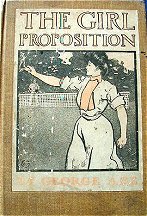
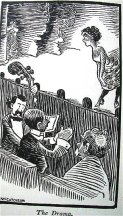
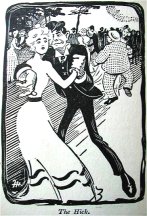
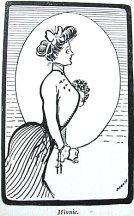
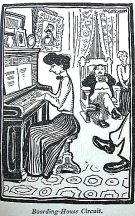
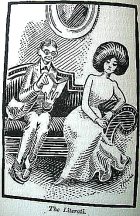
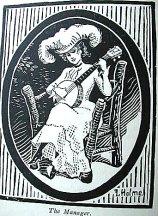
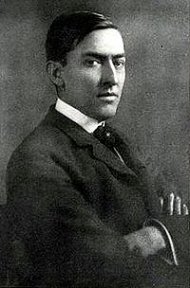 Little
known today and too-little appreciated, the works of George Ade charmed
and entertained a generation of Americans from the 1890's through the 1930's.
There is a quantity of historical information about Ade on the world-wide
web, but little of his written work is on-line. These pages are my contribution.
They offer the contents of numerous editions of Ade's fables to the modern
reader. These works were remarkable in their day, as they are now, for
capturing the impressions of a newpaperman and a skilled observer of the
commonplace in the vernacular of the day. This combination results in a
unique, eyewitness picture of America in transition from small towns and
smaller agricultural communities to densely populated, mechanised, technological
cities.
Little
known today and too-little appreciated, the works of George Ade charmed
and entertained a generation of Americans from the 1890's through the 1930's.
There is a quantity of historical information about Ade on the world-wide
web, but little of his written work is on-line. These pages are my contribution.
They offer the contents of numerous editions of Ade's fables to the modern
reader. These works were remarkable in their day, as they are now, for
capturing the impressions of a newpaperman and a skilled observer of the
commonplace in the vernacular of the day. This combination results in a
unique, eyewitness picture of America in transition from small towns and
smaller agricultural communities to densely populated, mechanised, technological
cities.

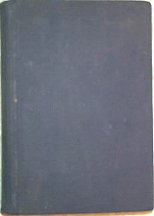
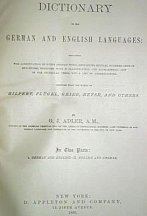
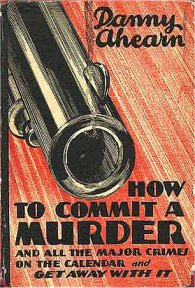
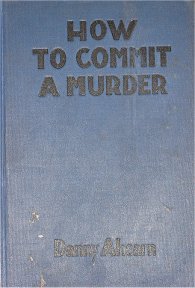
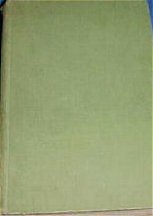
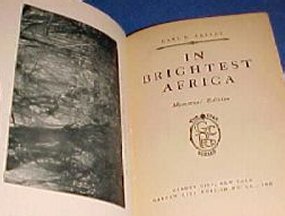
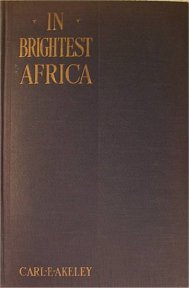
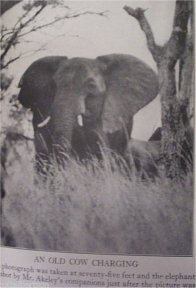
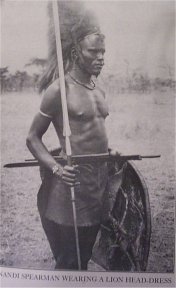
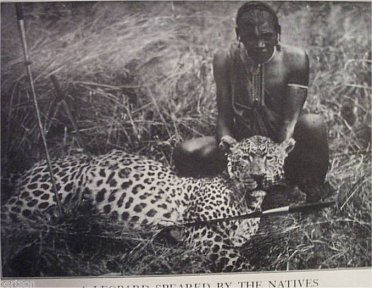
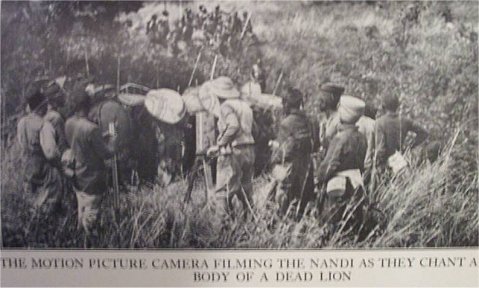
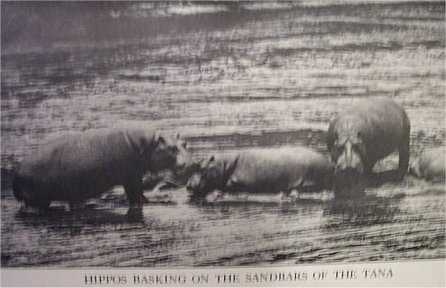
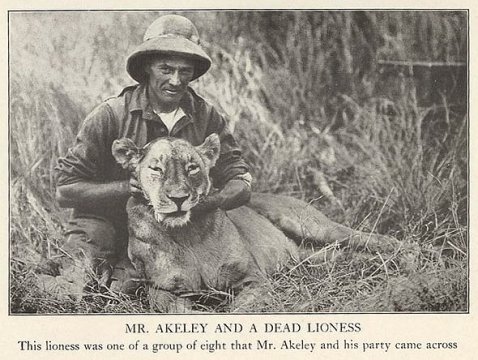
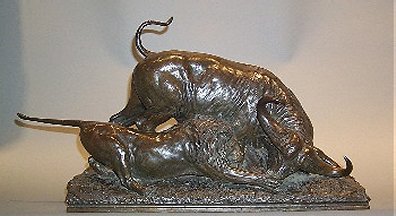
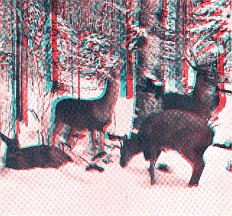
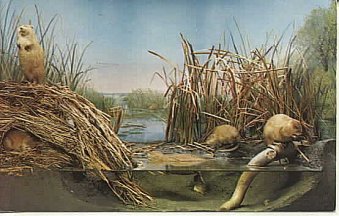
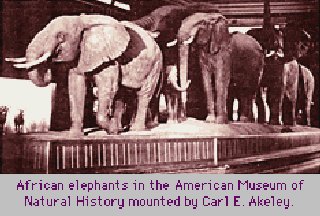
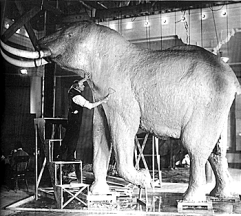

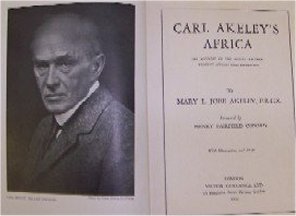
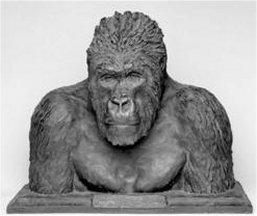 The founder
of modern taxidermy. When combined with
The founder
of modern taxidermy. When combined with 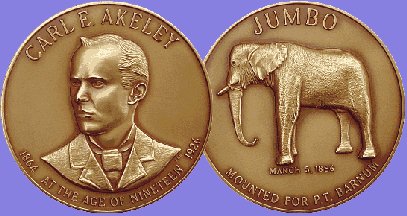
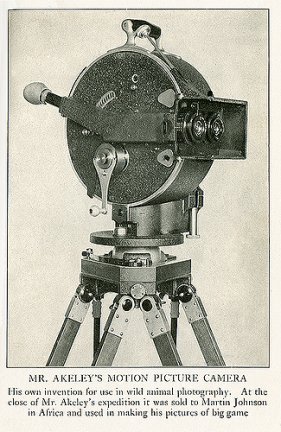 In the early
20th century, taxidermy began to evolve into its modern form under the
leadership of great artists such as
In the early
20th century, taxidermy began to evolve into its modern form under the
leadership of great artists such as 